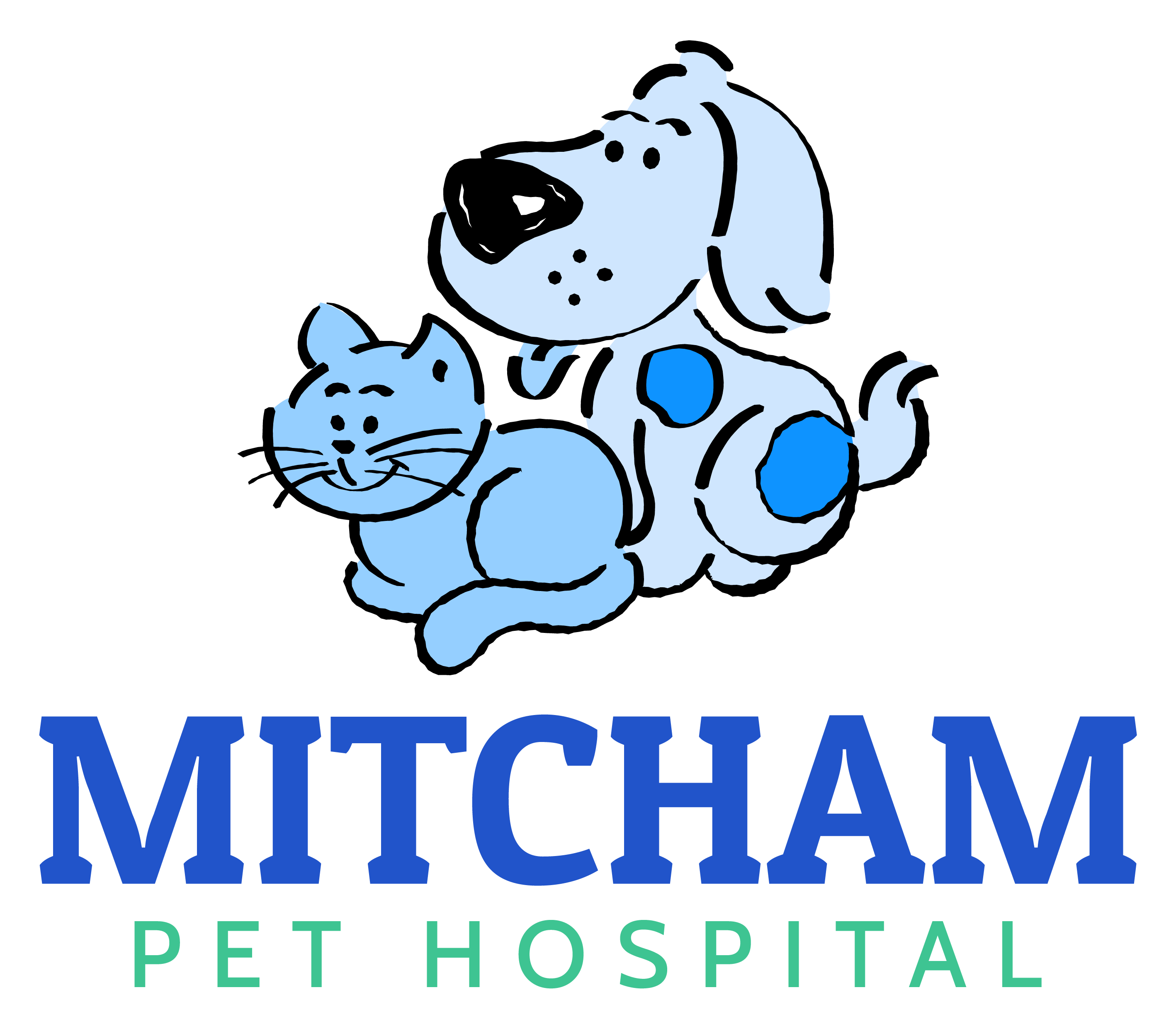How we conduct our video endoscopies?
An endoscopy uses a flexible tube known as an endoscope to examine the stomach or colon. An endoscope has a small camera attached to the end which allows the vet to see what is happening inside your pet’s digestive system.
Your pet’s oesophagus or stomach can be examined by inserting the endoscope through the mouth. The colon can also be examined, by insertion of the endoscope through the rectum. The endoscope allows the vet to check for inflammation, swelling, scarring, or strictures.
If the vet would like a more thorough examination of an abnormal area, a device can be inserted through the endoscope which can take a biopsy. This involves removing a small amount of tissue that can then be examined by a veterinary pathologist.
What to expect with Video Endoscopies?
Due to the need to insert the endoscope via the mouth or rectum, your pet will usually be put under general anaesthetic. This helps to ensure that your pet does not suffer any discomfort from the procedure.
An endoscope allows the vet to inspect internal structures without the need to cut through the skin. However, as the endoscopy is only able to examine the surface of these structures, such as the stomach and colon, other diagnostic procedures may be required if the problem cannot be easily seen.
If the vet believes that cancer is present in your pet’s oesophagus, stomach or colon, then a biopsy can be performed. This will allow further examination of the tissue to determine what the problem is.
As some issues may not be seen from the surface, further tests and procedures may be warranted to ascertain the cause of the issue in your pet.
Before the endoscopy, your pet will need to refrain from eating for twelve to eighteen hours. This ensures that the oesophagus or stomach can be examined more easily. If the procedure will be examining the colon, medication will be administered so that the intestinal tract will be free of faecal matter.
A general anaesthetic will be administered before the procedure so that your pet will not feel any discomfort. The anaesthetic will wear off shortly afterwards and you will be able to return home with your pet.
The vet will be able to see the organs in real time, although it may take longer for the final diagnosis to be made, particularly if a biopsy has been carried out.


